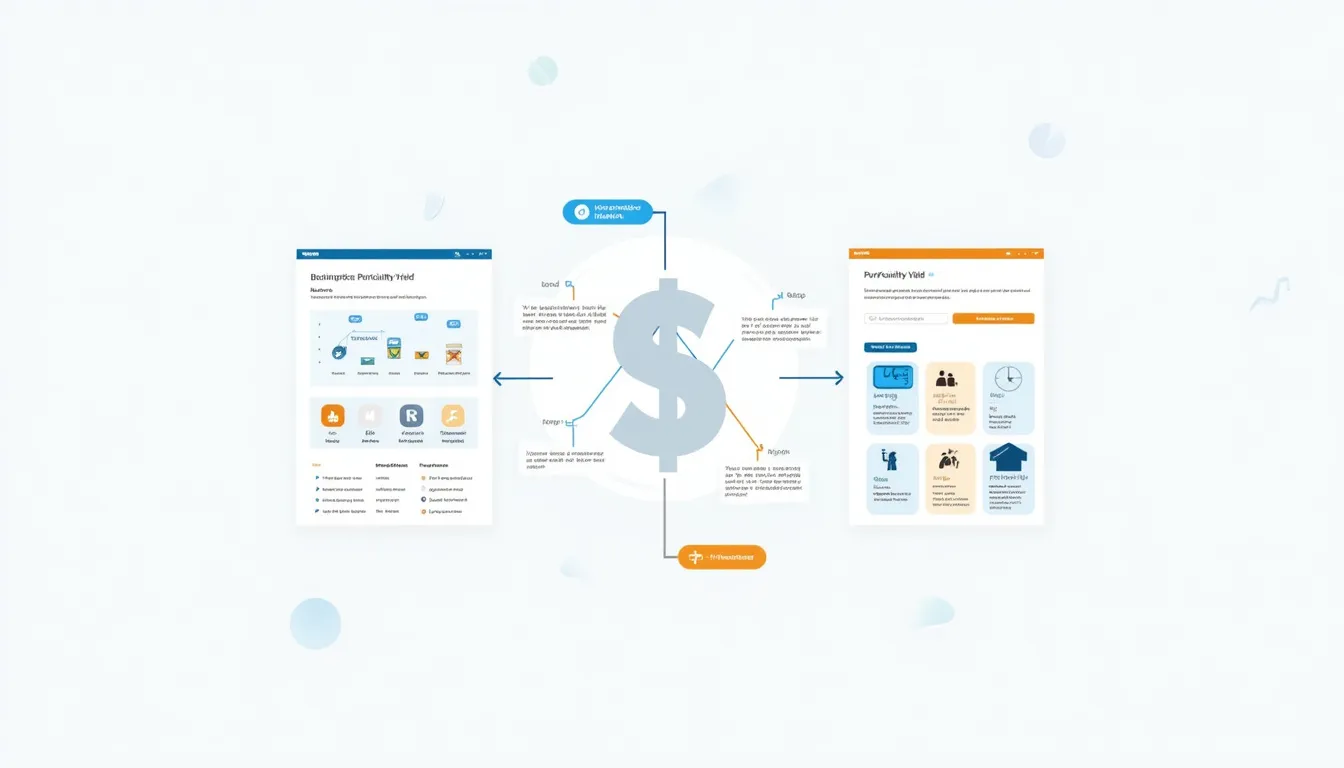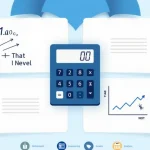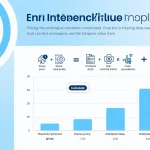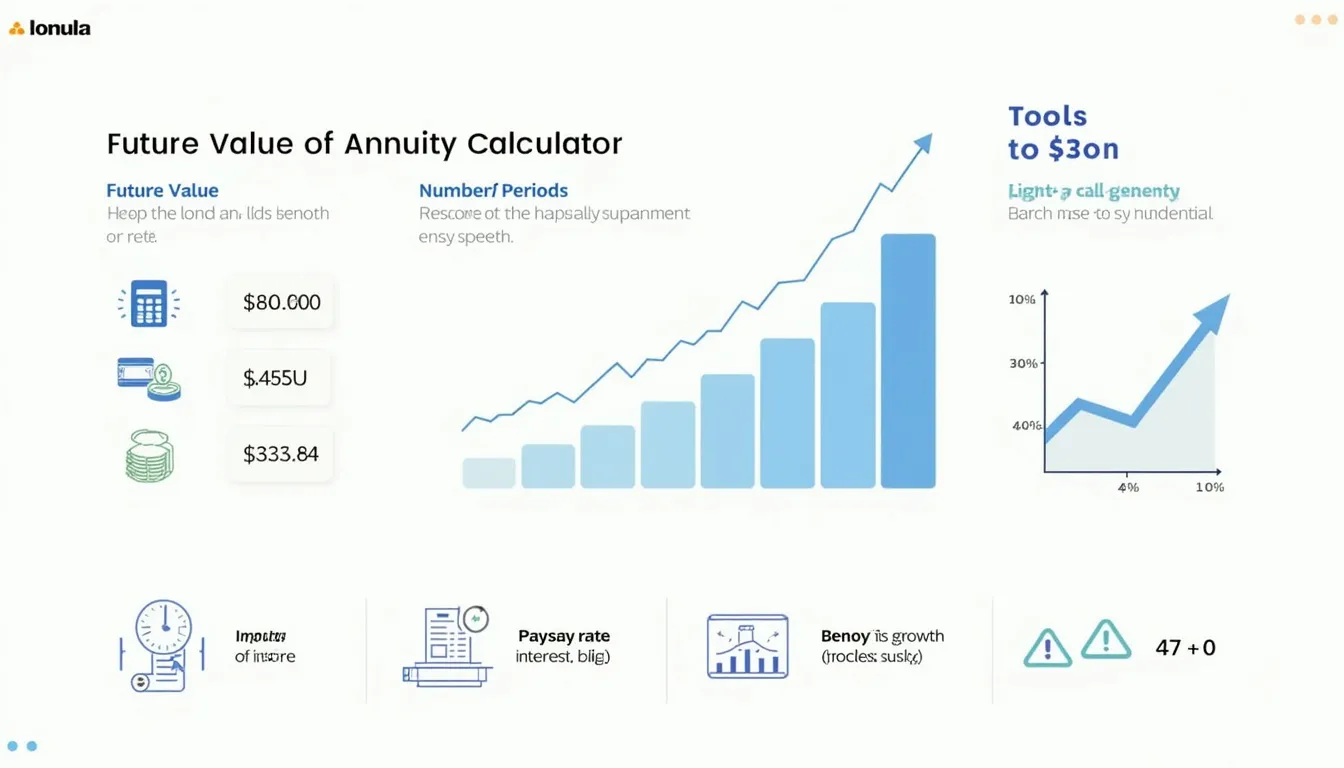Perpetuity Yield Calculator
Is this tool helpful?
How to use the tool
- Enter Payment. Type the recurring cash flow in USD—e.g., $55.00 or $250.00.
- Enter Present Value. Type the current asset price—e.g., $1,000.00 or $5,000.00.
- Press “Calculate.” The yield appears immediately as a percentage.
Underlying formula
The calculator applies the standard perpetuity equation:
$$\text{Perpetuity Yield}= rac{\text{Payment}}{\text{Present Value}}\times100\%$$
Example A
- Payment = $55.00
- Present Value = $1,000.00
$$ rac{55}{1{,}000}\times100\%=5.5\%$$
Example B
- Payment = $250.00
- Present Value = $5,000.00
$$ rac{250}{5{,}000}\times100\%=5.0\%$$
Quick-Facts
- Average U.S. preferred-stock yield: 6 % in 2023 (S&P Global Market Intelligence, 2023).
- Typical perpetual bond coupon range: 4-7 % (Moody’s Annual Bond Study, 2024).
- 10-year U.S. Treasury yield: ≈ 4 % in May 2024 (FRED, 2024).
- Perpetuity concept first formalised by Irving Fisher in 1930 (Fisher, 1930).
FAQ
What is perpetuity yield?
Perpetuity yield shows the annual return from an infinite cash-flow stream by dividing payment by price and multiplying by 100 % (Investopedia, https://www.investopedia.com).
How does this differ from dividend yield?
Dividend yield assumes payments continue but can change; perpetuity yield assumes level, endless payments, ideal for preferred shares or perpetual bonds (Merton, 1974).
Which assets fit a perpetuity model?
Preferred stock, perpetual bonds, real-estate ground rents, and endowments producing stable yearly draws suit the model (Brealey & Myers, 2020).
What inputs does the calculator need?
You supply two positive numbers—annual payment and present value. The tool handles all units internally, so currency choice does not affect the ratio.
How accurate is the result?
The formula is algebraic and exact; accuracy depends only on input precision and rounding set to two decimals (Wiley Finance Handbook, 2021).
Do taxes change the yield?
Yes. After-tax yield = pre-tax yield × (1 – tax rate). A 5 % pre-tax yield becomes 3.8 % at a 24 % bracket (IRS Pub 550, 2024).
What counts as a “good” perpetuity yield?
Investors seek yields above the risk-free rate; currently that means > 4 % in the U.S. to beat 10-year Treasuries (FRED, 2024).
Can I compare this to bond yields?
Yes. Compare the perpetuity yield with yield-to-maturity of term bonds; higher spread compensates for perpetual duration risk (BIS Quarterly Review, 2023).
Important Disclaimer
The calculations, results, and content provided by our tools are not guaranteed to be accurate, complete, or reliable. Users are responsible for verifying and interpreting the results. Our content and tools may contain errors, biases, or inconsistencies. Do not enter personal data, sensitive information, or personally identifiable information in our web forms or tools. Such data entry violates our terms of service and may result in unauthorized disclosure to third parties. We reserve the right to save inputs and outputs from our tools for the purposes of error debugging, bias identification, and performance improvement. External companies providing AI models used in our tools may also save and process data in accordance with their own policies. By using our tools, you consent to this data collection and processing. We reserve the right to limit the usage of our tools based on current usability factors.







